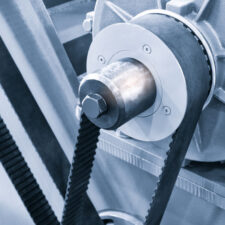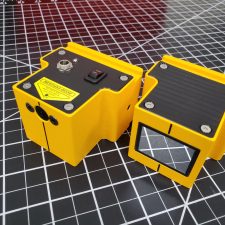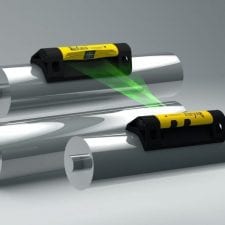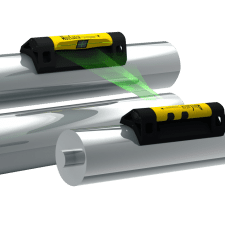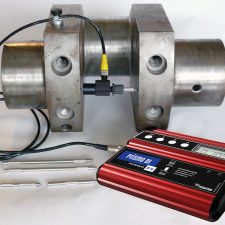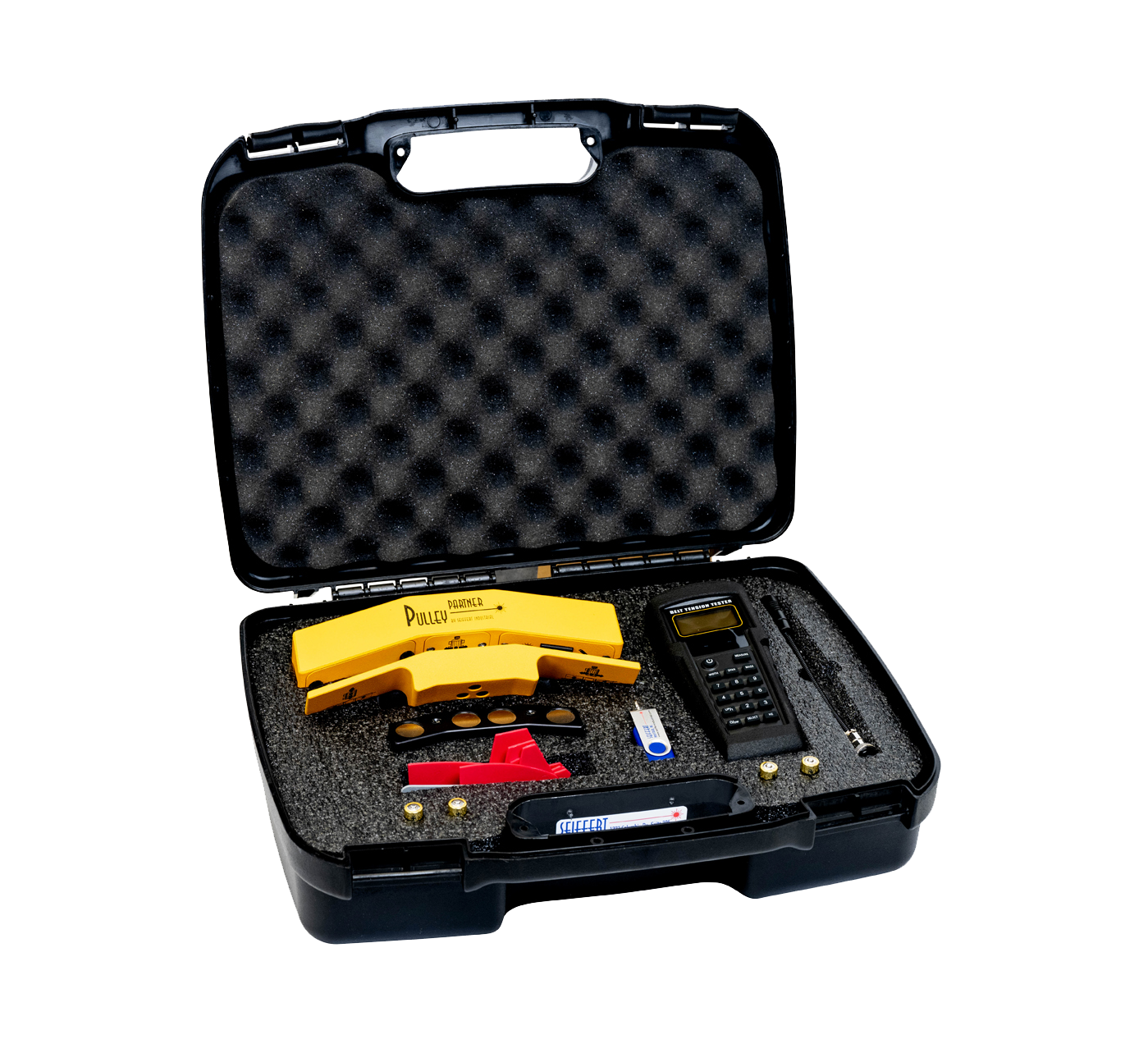Every detail matters with industrial machinery, and this is especially true with belt tension. It’s one of those behind-the-scenes factors that most people don’t think about until something goes wrong. Sepandan, improper belt tension can lead to inefficiency, premature wear, and even costly downtime. The Hidden Impact of Incorrect Belt Tension If the belt is… Li plis »
